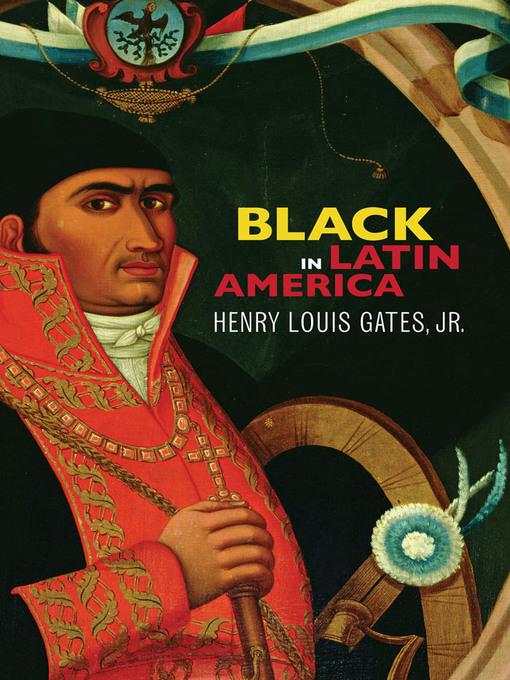
Black in Latin America
کتاب های مرتبط
- اطلاعات
- نقد و بررسی
- دیدگاه کاربران
نقد و بررسی

April 25, 2011
Of the 11 million enslaved Africans who survived the Middle Passage between 1502 and 1866, 450,000 were brought to the U.S., and the restâmore than 10.5 millionâwere sent to the Caribbean and Latin America. Harvard professor Gates (How 12 Extraordinary People Discovered Their Pasts) continues to plumb the roots of the descendants of Africans in the New World, and in this companion volume to his PBS special of the same name, he tells the stories of Africans shipped to Brazil, Mexico, Peru, the Dominican Republic, Haiti, and Cuba. It's a rare history that reads like a travelogue: Gates records his visits to the countries, his pleasure in a cool evening in Mexico, his investigations into the issues of the cultural encounters between the indigenous, colonizing, and enslaved populations âthe hybrid forms of song and dance, the virulent racism and brutalityâwith a personal touch. He takes the contemporary pulse of each country, lists its racial categorizations, and interviews common folk and celebrated activists and historians alike. His chapter in Haiti is especially wrenching and inspiring; in the aftermath of the devastating 2010 earthquake, Gates discovers in Port au Prince both the worst living conditions he has ever seen and the only "bold, public recognition of a nation's black founding fathers."

June 1, 2011
Gates expands his focus on the black experience in Latin America. In Brazil, he explores how race consciousness is suppressed and debunks the myth of racial democracy. He also examines the substantial black presence in Mexico and Peru, both of which have denied the history of black slavery in their nations and their historic efforts at whitening their population by promoting European immigration. In the Dominican Republic, the majority of the population self-identifies as indigenous but would be and are clearly identifiable as black in the U.S. The Dominican aversion to black identity is strongly tied to their historic experience with island-mate Haiti, the first self-independent black republic that has continued to suffer an unforgiving fate in its relationship with the Western world. Gates ends his travel with Cuba, the prime source of sugar for Europeans and therefore the entry point for most African slaves into the Americas, a nation at peace with its mixed races until U.S. involvement imposed a segregationist slant. While Gates' tour reveals a burgeoning brown (mixed-race) pride, it also reveals lingering valuation of lighter skin.(Reprinted with permission of Booklist, copyright 2011, American Library Association.)

























دیدگاه کاربران